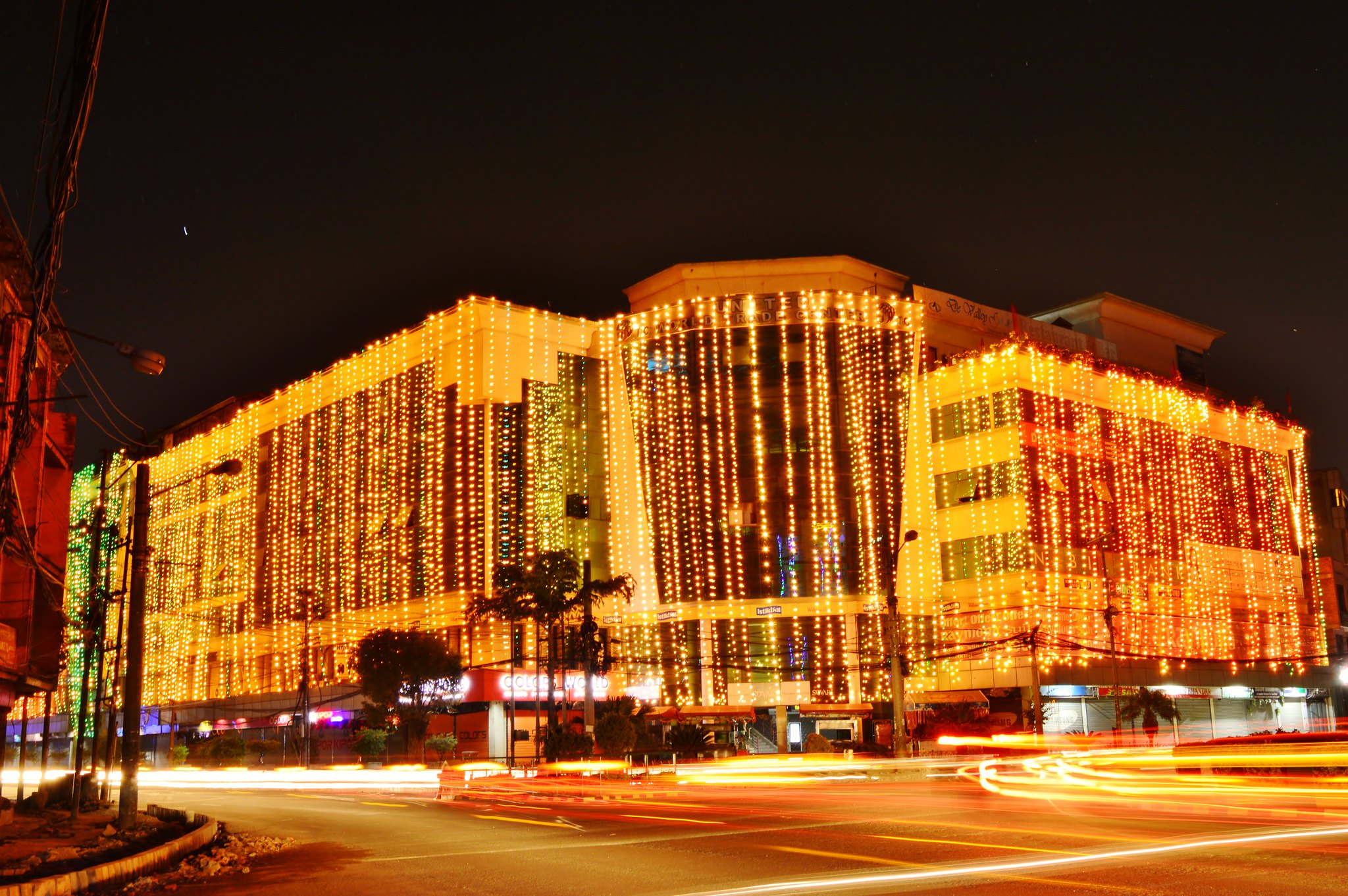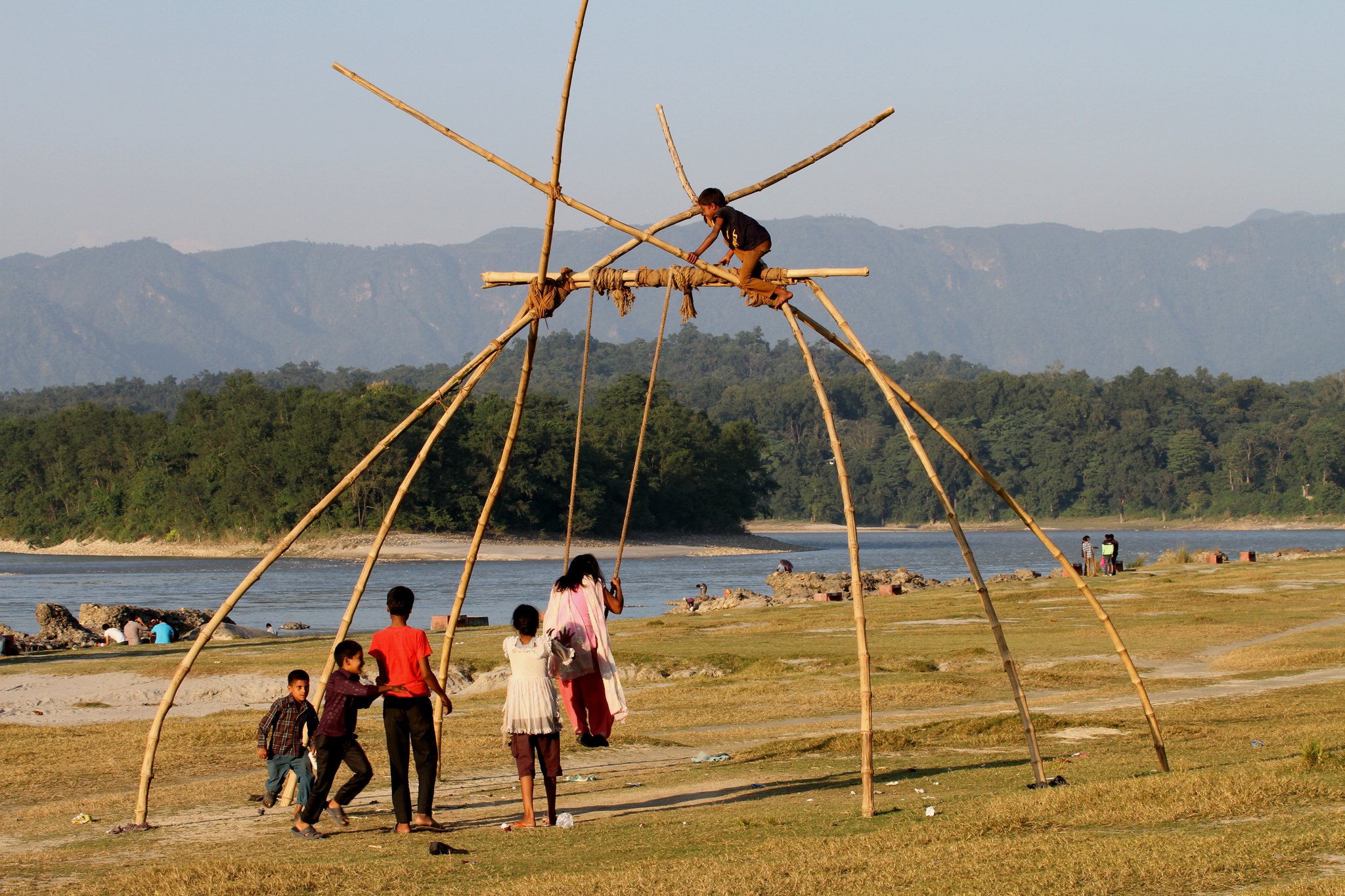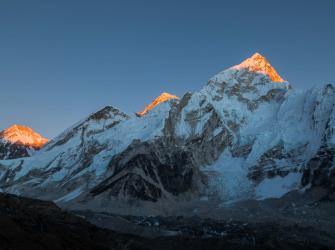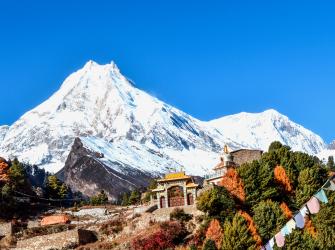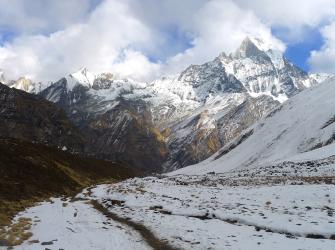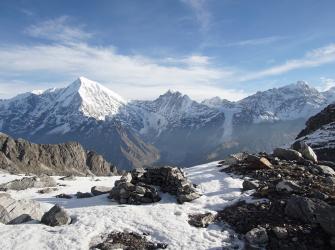$500 USD
Breakfast
Star category Hotel in Kathmandu with breakfast
Trip highlights
Overview
The Tihar Festival, also known as Deepawali, Yamapanchak, and Festival of Light is one of the most significant festivals in Nepal, celebrated by Hindus worldwide. It is a five-day-long festival and the second-largest after Dashain. This festival takes place in the month of Kartik, which falls between October and November.
The Tihar Festival is not only a time for people to celebrate but also to honor and appreciate animals such as crows, dogs, cows, and oxen. The festival involves various customs and rituals to show respect and gratitude towards these animals.
Story of Tihar Festival
The Tihar festival has many stories surrounding its origin and traditions. One popular legend is related to Yama, the God of Death, and his sister, Yamuna.
According to the legend, Yamuna and Yama were separated for a long time, and Yamuna used to send messages to her brother through a crow. She eagerly waited for news of her brother's well-being. Finally, the two siblings were reunited, and Yamuna welcomed her brother by adorning him with a five-colored tika and flowers as a sign of her love and respect for him. This act of Yamuna is said to have inspired the tradition of worshipping crows during the Tihar festival, as they were the messengers who brought the siblings together.
In the legend of Yama and Yamuna, after Yamuna adorned her brother with a five-colored tika and flowers, she also encircled him with mustard oil, flowers, and Dubo (Cynodon Dactylon) and asked Yamaraj not to leave until the oil, flowers, and dubo had dried.
Today, during the Tihar festival, sisters follow a similar ritual to ensure the longevity and prosperity of their brothers. They apply a five-colored tika on their brother's forehead and offer them Makhamali flowers, Mustard Oil, and Common walnuts, among other things. This tradition is known as Bhai Tika, and it celebrates the special bond between brothers and sisters.
Itinerary
Upon your arrival at the airport, be greeted by our representative waiting outside the terminal. They will escort you to the centrally located hotel in Kathmandu, and assist with the check-in process. After settling in, you can choose to relax at the hotel or visit our Trek Around Himalayas office to gather information about your trip. To cap off your first day, we will treat you to a warm welcome dinner.
The first day of the Tihar festival is known as Kaag Tihar, and on this day, people in Nepal worship crows, also known as Kaag in Nepali. In Nepali society, crows are regarded as the "Messenger of Death," and people offer rice and sweets to them on the roof of their houses.
The cawing of the crow is said to symbolize the prediction of hearing bad news in the near future. So, by feeding crows on the first day of the Tihar festival, people hope to prevent any misfortunes for the whole year.
Apart from offering food, people also decorate the roof of their houses with colorful decorations to welcome the crows. This tradition shows respect and gratitude towards these birds, who are an essential part of our ecosystem, and emphasizes the importance of living in harmony with nature.
The second day of the Tihar festival is Kukur Tihar, also known as Dog Tihar, and it is a day dedicated to worshipping dogs in Nepal. Dogs are considered the guardians of the house, and people offer them Tika (a colored powder applied on the forehead), calendula garlands, and good meals.
This day showcases the deep bond and loyalty between dogs and human beings. The dog festival in Nepal is famous worldwide, especially in western societies, where people keep dogs as pets. Nepal Police also celebrate this day by performing similar ceremonies as dogs play an essential role in maintaining security and contributing to investigations.
In addition to Kukur Tihar, the festival is also known as Khicha Puja, which is celebrated by the Newars, the local people of the Kathmandu Valley. They decorate their houses with flowers and mandalas and offer special food items to the dogs. This tradition reflects the close relationship that Nepali people have with their pets and the importance of treating them with kindness and respect.
On the fourth day of the Tihar festival, people celebrate Goru Tihar or Govardhan Puja. On this day, people worship Oxen, also known as Goru in Nepali. Oxen are used for plowing fields and carrying heavy loads. They are considered important animals for agriculture and are worshiped for their contribution to farming.
People offer Tika, and calendula garlands to the oxen and perform rituals such as offering vegetables, fruits, and sweets. In some communities, people also make a colorful Mandala made of colored sand and decorate it with flowers and lights.
The fifth and final day of Tihar is Bhai Tika, also known as Bhai Dooj. On this day, sisters put Tika on their brothers' foreheads and pray for their long life and prosperity. Brothers, in turn, give gifts to their sisters and vow to protect them from all harm. This day signifies the strong bond of love and trust between siblings.
The fourth day of Tihar is a day of multiple celebrations. People across Nepal worship the ox, or Goru, on this day. In the Vaishnavism tradition, cow dung is used to create a mountain, known as Govardhan, which is then worshipped in a ritual called Govardhan Puja.
The Newar community in Kathmandu celebrates Mha Puja on this day, which involves a self-worshiping ceremony. Additionally, this day marks the beginning of Nepal Sambat, the national lunar calendar of Nepal.
In the evening, boys gather to play Deusi, a tradition where they visit neighborhoods, sing Tihar-related songs, and collect funds for social welfare. This is usually accompanied by girls playing Bhailo, a similar tradition where they visit homes and sing songs in exchange for money or sweets.
On the fifth and final day of the Tihar festival, which is also known as Bhai Tika, sisters put Tika on their brothers' foreheads, while praying to Yama, the God of Death, for their brothers' success, growth, health, and longevity. After the Tika ritual, sisters offer gifts to their brothers, such as roti, fruits, sweets, and other items. In return, the brothers also put Tika on their sister's foreheads and give them gifts or money.
People celebrate this day by singing, playing cards, and participating in cultural programs such as Deusi in their local communities. Additionally, they light up the sky with firecrackers. The house owners bless the Deusi Team with blessings, money, and goods as a token of appreciation.
Your journey home begins today. Our representatives from Trek Around Himalayas will escort you to the International Airport in accordance with your flight schedule. It's recommended to arrive at the airport three hours before your flight. Trek Around Himalayas will provide a fond farewell, ensuring that your experience with us is remembered forever.
If you are here for a long time you can choose other trips to Nepal with us.
Includes & Excludes
- Airport pick-up /drop in a comfortable private vehicle
- One week hotel accommodation in Kathmandu with breakfast
- One English speaking highly experienced tour guide for the festival tour
- First aid medicine kit box
- Necessary Govt. and local tax
- Nepalese Visa fee
- International airfare to Kathmandu and out
- Personal expenses phone calls, bar bills, bottled water
- Lunch and dinner in Kathmandu
- Travel and rescue insurance
- Tips and appreciation for trekking staff and drivers

